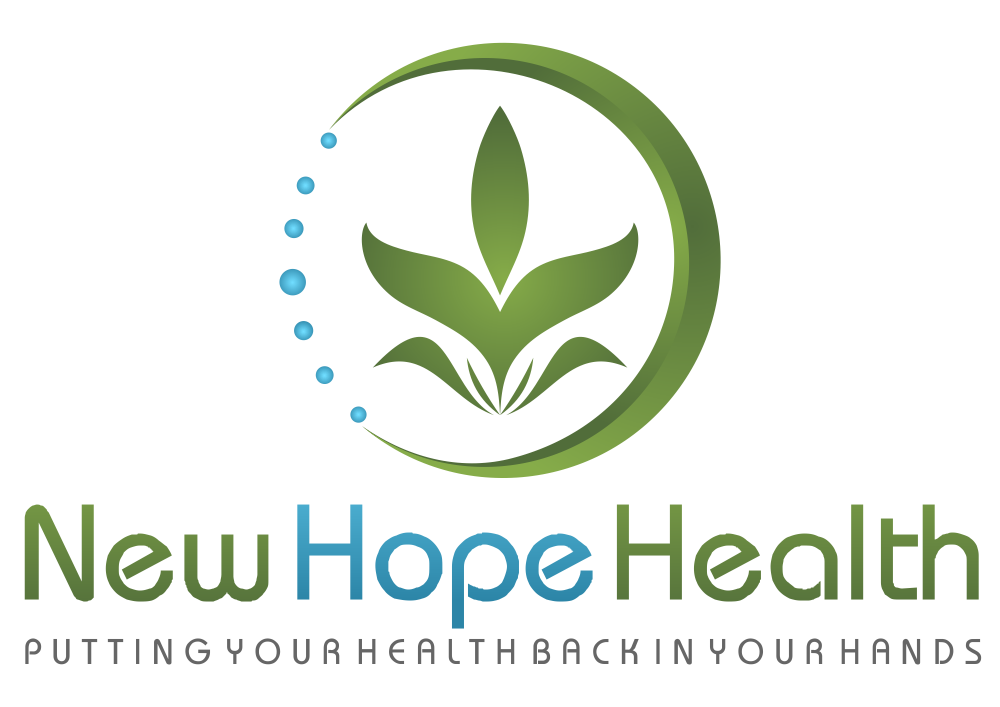
Fasting… Not eating… Rules for when to eat… What’s the best route to take? It can be confusing. Let’s shed some light on this incredible therapy.
Fasting may sound painful but, if done properly, can yield great reward. People fast for different reasons ranging from preparing for medical tests or for health or spiritual purposes (i.e. Ramadan, lent, Daniel fasting, etc.). Many people use the word fasting to mean the restricting of a certain thing. For example, you could fast from sugar, TV, or social media. There are many ways to fast so let’s start out with some clearly defined terms.
- Fasting: The willing abstaining from food. Although there is some ambiguity around this word, for medical purposes, this is normally referring to a period of time when you’re consuming water only unless otherwise specified.
- Intermittent fasting: There are several types:
- Time-restricted fasting: Feeding window (calculated from the time that you take your first bite to the time of your last bite for the day) is limited to a certain number of hours.
- 5:2 fasting: Eat normally 5 days/week and fast for 2 days/week on non-consecutive days. On fasting days, most often it’s recommended for women to consume 500 calories and men to consume 600 calories (or you can also do other types of fasting on these days).
- Alternate day fasting: Just as the name implies, this is where you alternate between your normal diet and a fasting day. Again, on fasting days, most often it’s recommended for women to consume 500 calories/men to consume 600 calories, but other types of fasting can be used as well.
- Juice fasting vs juice feasting: These are relative terms but in general, with juice fasting, you are consuming smaller amounts of juice and usually mostly green juices (made of celery or cucumber along with dark leafy greens) whereas juice feasting you can have as much juice as you want.
This post is a general overview of some of the benefits of fasting.
Who can benefit from fasting?
Although it is best to work with a qualified health professional, fasting (to one degree or another) can be adjusted to work safely and effectively for most people who are in relatively good health. There are several areas in which fasting can be particularly helpful such as:
- Weight loss and body composition (fat reduction)2
- Reduction in inflammation (oxidative stress) which can have a pain-reducing effect2
- Cardiovascular risk factors (high blood pressure, obesity, diabetes)3
- Increased insulin sensitivity and type 2 diabetes4
Contraindications/Who should avoid fasting?
As previously mentioned, if you choose the right type of fasting, there are very few people who can’t benefit from fasting. Done properly, even medically supervised water fasting is safe and side effects are minor and temporary.5
However, it’s good to proceed with caution if you:
- Have blood sugar challenges (just need to monitor for safety)6
- Feel extremely tired/depleted, possibly indicating adrenal insufficiency (monitor for safety)7
- Are competing athletically or have a physically demanding job (you will need to work around training days, etc.)8
Challenges to fasting (depending on the type) include:
- Difficult to comply if you are like so many who love to eat. But take heart, most people actually find that they don’t get hungry while fasting.9
- Staying busy helps, preferably away from the kitchen, food, grocery stores, etc.
- Working around a crazy schedule including social events- you can adjust your fasting days/times as needed.
Practical ways to get started with fasting:
- Start by slowly reducing your feeding window, favoring the morning/afternoon for eating instead of the evening. For example, if you are currently eating from 7 am-10 pm, start out by shifting from 7 am-8 pm, then perhaps from 7:30 am-7 pm and assuming you’re feeling good, move slowly over a few weeks/months, toward an 8-10 hour feeding window.
- No matter how you choose to fast, be sure to drink lots of water, especially in the morning.
- If you’re planning to do a more intense fast (such as water or small amounts of vegetable juices), prepare your body by doing a couple of weeks of vegan whole foods before starting. Also, be sure to support detox organs by drinking lots of water, dry skin brushing, and perhaps doing some castor oil packs over the liver and/or kidneys.
- Clinically, one of my favorite ways to start people with a safe and energy-giving fast is with green smoothies. Although there are lots of ways to do this, a great way could be: a smoothie for breakfast, eat a healthy whole food lunch, and then another smoothie for dinner. This allows for some digestive rest but doesn’t leave you hungry or low energy. You could also do a smoothie for each meal. Even just a day or two of this can be an amazing reset for the body.
Every step counts and the most important step is the next one. Plan ahead and start working fasting into your lifestyle in some capacity. Time-restricted eating is one of the easiest to implement. Let me know how it goes! If you feel that you need more specific help, don’t hesitate to call the clinic and schedule a consultation!
Peace, love, and greens!
Reference list:
- Akyurt E. Fasting picture. https://pixabay.com/photos/table-cover-fork-knife-background-2777081/ Accessed December 8, 2020.
- Stockman MC, Thomas D, Burke J, Apovian CM. Intermittent Fasting: Is the Wait Worth the Weight? Curr Obes Rep. 2018. doi:10.1007/s13679-018-0308-9
- Dong TA, Sandesara PB, Dhindsa DS, et al. Intermittent Fasting: A Heart-Healthy Dietary Pattern? Am J Med. 2020. doi:10.1016/j.amjmed.2020.03.030
- Arnason TG, Bowen MW, Mansell KD. Effects of intermittent fasting on health markers in those with type 2 diabetes: A pilot study. World J Diabetes. 2017. doi:10.4239/wjd.v8.i4.154
- Finnell JS, Saul BC, Goldhamer AC, Myers TR. Is fasting safe? A chart review of adverse events during medically supervised, water-only fasting. BMC Complement Altern Med. 2018. doi:10.1186/s12906-018-2136-6
- Grajower MM, Horne BD. Clinical management of intermittent fasting in patients with diabetes mellitus. Nutrients. 2019. doi:10.3390/nu11040873
- Beshyah SA, Ali KF, Saadi HF. Management of adrenal insufficiency during Ramadan fasting: A survey of physicians. Endocr Connect. 2020. doi:10.1530/EC-20-0314
- Zouhal H, Saeidi A, Salhi A, et al. <p>Exercise Training and Fasting: Current Insights</p>. Open Access J Sport Med. 2020. doi:10.2147/oajsm.s224919
- De Toledo FW, Grundler F, Bergouignan A, Drinda S, Michalsen A. Safety, health improvement, and well-being during a 4 to 21-day fasting period in an observational study including 1422 subjects. PLoS One. 2019. doi:10.1371/journal.pone.0209353
Nothing said or implied in this post is intended to treat, cure, diagnose or prevent any disease. It does not take the place of a qualified health care practitioner and is intended for educational purposes only.

Dr. LeAnn Fritz, PhD
Dr. LeAnn is a practitioner, coach, speaker, consultant, and the founder of New Hope Health. She is also the author of The Quantum Weight Loss Blueprint, and Get Healthy Now. She is laser-focused on practical, evidence-based practices to empower her clients to get real results that last. She sets the bar when it comes to radiant health that will change every area of your life forevermore.
Recent Posts
Parasites- Living Inside Your Body, Without Paying Rent!
Parasites…I know…the thought of them living inside your body feels like something from a horror
Holistic Detox: A Naturopathic Doctor’s Guide to Cleansing Your Body for Optimal Health
Detox is a powerful way to reset your body and enhance your health. As a
Watermelon Slurpy…Upgraded!
It’s summer and it’s HOT! You’re looking for a refreshing cold drink that will give
Curious about achieving your highest level of health?
Schedule your consultation with Dr. LeAnn today, and get your health back in your hands.


